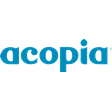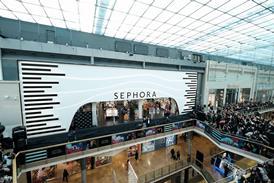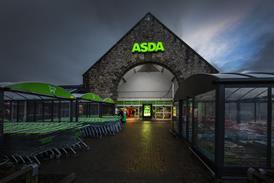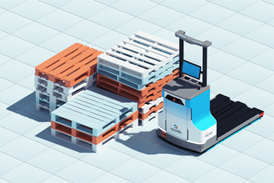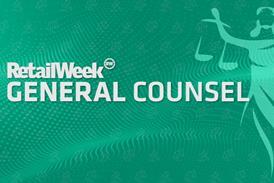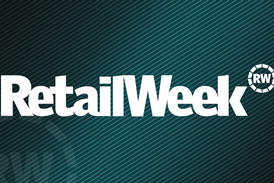PROMOTIONAL RESEARCH
With two transformative recycling initiatives set to reshape the retail landscape this year, Acopia examines how retailers can take control of GNFR to reduce costs and boost sustainability
2025 is set to be another year of change for the retail sector, with both Extended Producer Responsibility (EPR) and the new Simpler Recycling workplace requirements coming into play.
The knock-on effects of these regulations will be huge, with Marks & Spencer estimating around £40m of increased costs for these new sustainability taxes alone, and that’s before factoring in rising National Insurance contributions from April.
And so with new expenses to contend with, boardrooms across the country will be examining strategic opportunities to bring regular spend under better control.
One glaring opportunity is for retailers to take control of goods not for resale (GNFR) spend. GNFR includes anything a retailer pays for but does not sell on to customers – from pencils and till roll to shopping baskets and coat hangers.
Mastering GNFR management can be key to reducing costs and improving efficiencies. And everyone knows that behind every successful retail business is a well-oiled back-of-house operation that keeps everything running smoothly.
It all starts with visibility
Even with GNFR accounting for a significant chunk of the operational expenses, (anywhere between 20%-30%) it is rarely focused on or examined to the same degree as goods for sale (GFS) stock, in terms of leveraging this spend and optimising stock management to its fullest.
There are huge opportunities for retailers to get smart with their GNFR and gain many other benefits too, such as progress towards sustainability goals.
1. Centralise and consolidate
Many retailers fail to see the bigger picture and fall into the trap of decentralising GNFR procurement with individual stores ordering separately.
Individual purchases seem small and so businesses may feel there is no need to track a £5 purchase, for example. However, this can be a mistake when a £5 purchase is made hundreds or thousands of times.
Without this visibility, it can lead to fragmented spending, higher costs, over-ordering and no real sense of stock levels.
Consolidating GNFR suppliers delivers access to greater cost control across the board. This approach helps build stronger supplier relationships as well as providing a less complicated and costly process for more accurate stock control.
2. Storage and stockholding
Holding excessive GNFR stock ties up valuable back of house space.
Working with a supplier who offers a just-in-time solution with free stock holding can give retailers better cashflow and help overcome the challenge of managing stock run rates and placing bulk orders to meet minimum order quantities or to avoid delivery charges.
Reduced frequency of ordering also helps to reduce carbon footprint.
3. Smarter ordering systems
Using intelligent ordering platforms designed specifically for GNFR consumables procurement means retailers can finally gain a shared view of actual spend, spending patterns and stock levels.
This helps bring head office closer to each store – setting individual shop budgets, reviewing all proposed spend before it happens, as well as recognising stock excess or stockouts along with the benefit of management reporting.
4. Structured storage solutions
Physical organisation plays a crucial role in GNFR tracking.
Implementing zone-based storage systems, where similar items are grouped together, makes stock checks more efficient and accurate.
Clear labelling, dedicated storage areas and organised shelving systems help maintain order and make it easier to spot when supplies run low. This is easier said than done with most back-of-house spaces pressed for space, but definitely worth the effort.
Smarter GNFR, stronger retail
As technology continues to evolve, new opportunities for improving GNFR tracking emerge. Mobile apps, RFID systems and dynamic budgeting are making it easier to maintain accurate inventory control and help reduce manual effort.
By having the tools to measure and regularly review performance, organisations can maintain better control over their GNFR expenses.
GNFR may not drive sales, however, this strategic approach to back-of-house management ultimately contributes to improved profitability, sustainability and business performance.
To find out more about us and MyAcopia, our bespoke procurement platform, visit our website or join us at the Retail Technology Show at ExCel London 2-3 April.
